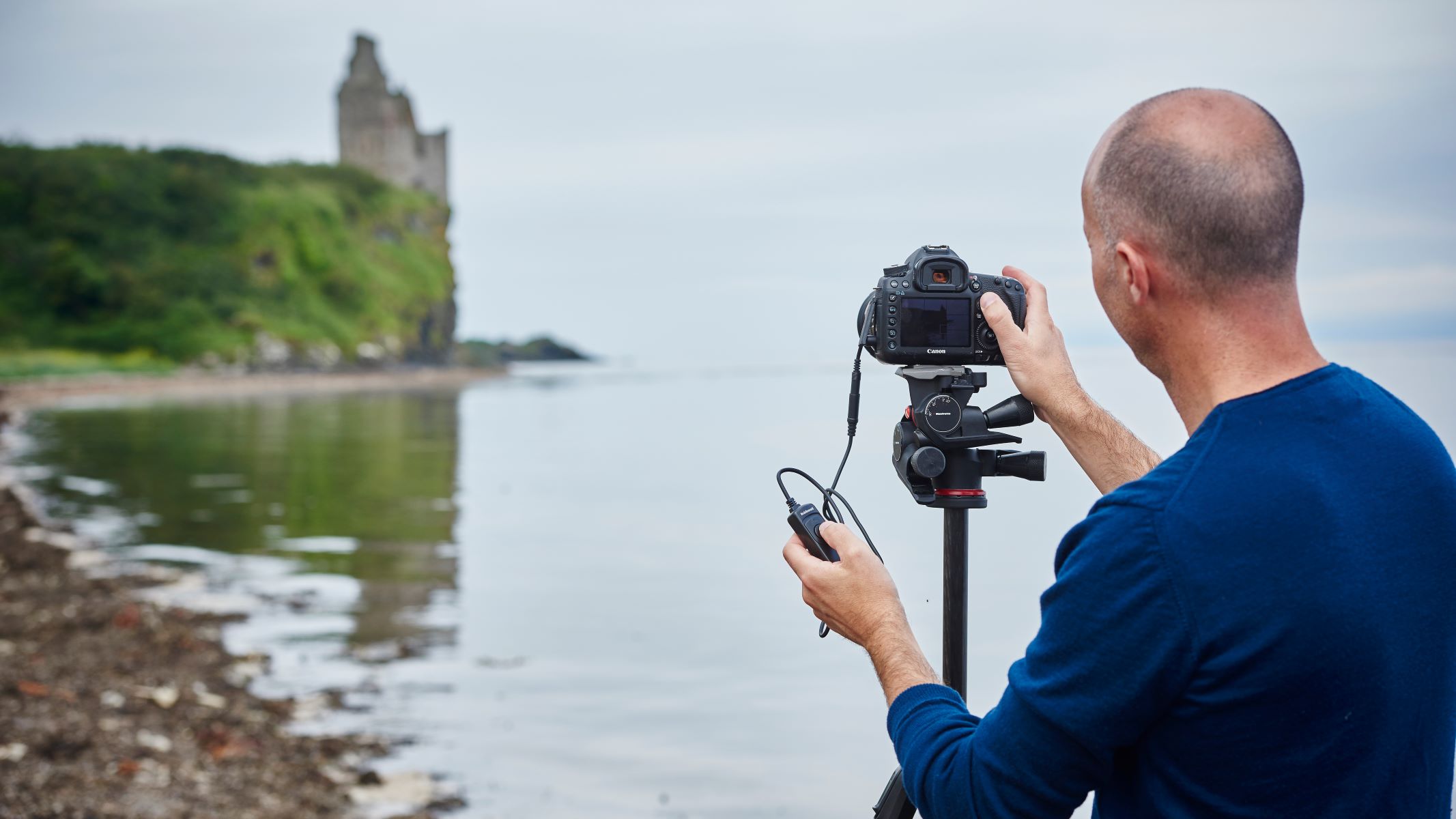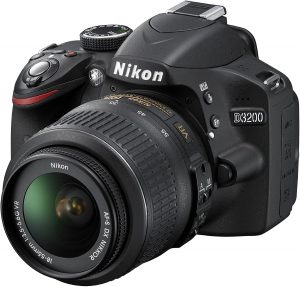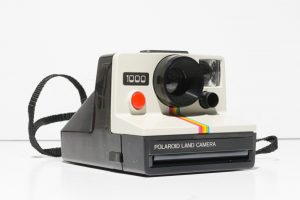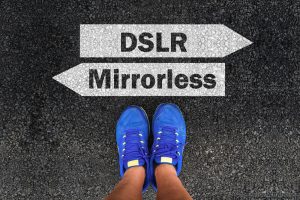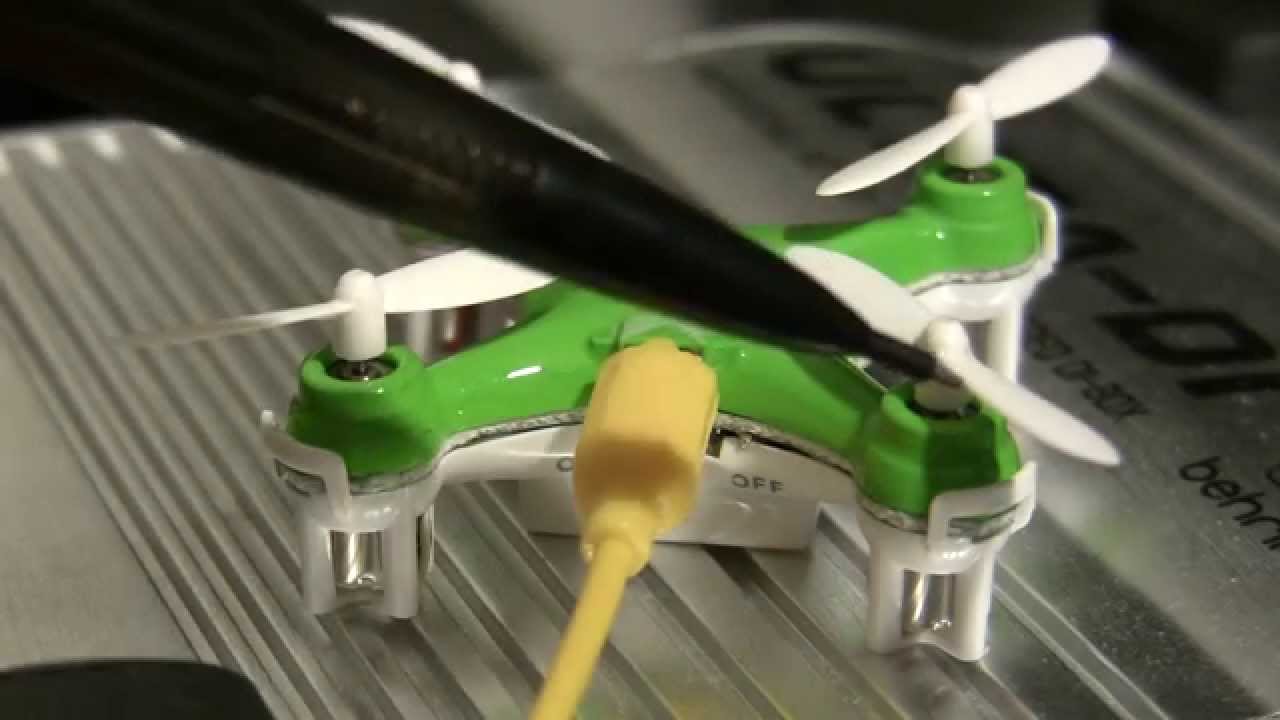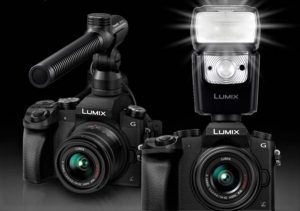Introduction
Introduction
So, you've got your DSLR camera all set up, the lighting is perfect, the subject is ready, and you're all geared up to capture that perfect shot. You aim, press the shutter button, and… nothing happens. Frustrating, isn't it? If your DSLR camera isn't taking pictures, there could be several reasons behind this hiccup. Before you start to panic or rush off to the nearest camera repair shop, let's troubleshoot the common issues that might be causing this problem.
From the battery to the shutter button, there are various elements that need to be in working order for your DSLR camera to function properly. This guide will walk you through the steps to identify and potentially resolve the issue. Whether you're a seasoned photographer or just starting out with your DSLR, understanding these troubleshooting steps can save you time, money, and unnecessary stress. Let's dive into the potential reasons why your DSLR camera may not be taking pictures and how to address them.
Check the Battery
Check the Battery
One of the most common reasons why a DSLR camera may not be taking pictures is a depleted or malfunctioning battery. Before delving into more complex troubleshooting, start with the basics by checking the battery. If your camera doesn’t power on or experiences sudden power loss while in use, the battery is likely the culprit.
Begin by ensuring that the battery is properly inserted into the camera and securely latched into place. If the battery is removable, consider charging it fully or replacing it with a spare battery to see if that resolves the issue. It’s important to use a compatible and fully charged battery to rule out power-related problems.
Additionally, inspect the battery compartment for any signs of corrosion or debris that may be obstructing the battery contacts. Clean the contacts gently with a dry cloth or a specialized electronic contact cleaner to remove any buildup that could interfere with the electrical connection. Once the battery and contacts are in good condition, attempt to power on the camera and test if it can now capture images without any issues.
Regularly monitoring the battery’s charge level and condition, as well as keeping spare batteries on hand, can help prevent unexpected disruptions during photography sessions. By addressing potential battery-related issues, you can ensure that your DSLR camera is always ready to capture those picture-perfect moments.
Check the Memory Card
Another factor that can impede your DSLR camera from taking pictures is a faulty or improperly inserted memory card. The memory card serves as the storage medium for capturing and storing images, and any issues with it can disrupt the camera’s functionality.
Begin by removing the memory card from the camera and inspecting it for physical damage, such as cracks, bends, or exposed contact points. If the card appears damaged, refrain from using it further to prevent potential data loss or camera malfunctions. Consider replacing it with a new, compatible memory card to see if the camera operates normally with a different card.
When reinserting the memory card, ensure that it is properly aligned with the card slot and securely seated. Even a slightly misaligned or loose memory card can prevent the camera from functioning correctly. Some cameras feature a locking mechanism for the memory card slot, so verify that the card is securely locked in place to avoid accidental disconnection during use.
Furthermore, if the memory card has been used in other devices or has been subjected to frequent read/write operations, it may develop file system errors or data corruption. In such cases, consider formatting the memory card using the camera’s format function to create a clean file system and eliminate any potential errors that could hinder picture taking.
Regularly backing up the contents of your memory card and keeping spare cards on hand can provide a quick solution if a card-related issue arises. By ensuring that the memory card is in optimal condition and properly inserted, you can minimize interruptions and keep your DSLR camera ready to capture stunning images.
Check the Lens
When your DSLR camera fails to take pictures, the lens could be a potential source of the problem. A misaligned, obstructed, or malfunctioning lens can hinder the camera’s ability to focus and capture images effectively. To troubleshoot lens-related issues, consider the following steps:
Begin by inspecting the lens mount and ensuring that the lens is securely attached to the camera body. A loose or improperly mounted lens can disrupt the communication between the camera and the lens, leading to operational issues. If the lens features a locking mechanism, verify that it is engaged to secure the lens in place.
Next, examine the lens for any visible signs of damage, such as scratches, cracks, or foreign particles on the lens elements. Even minor debris or imperfections on the lens surface can impact image quality and autofocus performance. Use a clean, microfiber cloth to gently remove any smudges or particles from the lens, taking care not to exert excessive pressure that could cause further damage.
Additionally, check the lens’s autofocus and manual focus modes to determine if they are functioning as intended. Some lenses have a switch to toggle between autofocus and manual focus, so ensure that the switch is set to the desired mode and that the autofocus motor operates smoothly without unusual sounds or resistance.
If you have multiple lenses, consider testing the camera with a different lens to discern whether the issue is specific to a particular lens or a broader camera-related concern. This can help isolate the source of the problem and guide you in troubleshooting or seeking assistance for the affected lens.
By ensuring that the lens is properly mounted, free of damage or obstructions, and functioning correctly in autofocus and manual focus modes, you can address potential lens-related issues and optimize your DSLR camera for capturing exceptional images.
Check the Shooting Mode
Another factor that can contribute to your DSLR camera’s inability to take pictures is the selected shooting mode. DSLR cameras offer a variety of shooting modes, each designed to accommodate different photography scenarios and creative preferences. If the camera is set to an inappropriate or restrictive mode, it may limit the ability to capture images in certain conditions.
Begin by reviewing the camera’s shooting mode settings, which may include options such as Program (P), Aperture Priority (A/Av), Shutter Priority (S/Tv), Manual (M), and various scene modes. Ensure that the selected mode aligns with the intended shooting conditions and desired level of control over exposure settings and focus.
If the camera is set to a fully automatic or scene mode, it may prioritize specific settings that override user input, potentially leading to unexpected limitations or behavior. Consider switching to a semi-automatic or manual mode to gain greater control over exposure, focus, and other critical parameters, especially in challenging lighting or subject conditions.
Additionally, some shooting modes, such as Bulb mode for long exposures or Continuous mode for rapid sequential shooting, require specific techniques and considerations to produce desired results. Familiarize yourself with the nuances of each mode and adjust the settings accordingly to accommodate your photographic objectives.
Be mindful of any custom settings or presets that may have been inadvertently applied, as they can influence the camera’s behavior and restrict picture-taking capabilities. Resetting the camera to its default or factory settings can help eliminate any unintended modifications that affect the shooting mode and overall performance.
By verifying that the shooting mode is appropriately selected for the shooting conditions and adjusting the settings to align with your creative vision, you can optimize the camera’s functionality and expand its capability to capture a diverse range of compelling images.
Check the Autofocus
Autofocus issues can significantly impede a DSLR camera’s ability to capture sharp, well-focused images. When encountering difficulties in taking pictures, it’s essential to assess the autofocus system to identify and address potential problems that may be affecting image clarity and precision.
Begin by verifying that the autofocus mode is activated and set to an appropriate autofocus point or area. Some cameras offer multiple autofocus points or zones, allowing you to specify the desired focus area within the frame. Ensure that the camera is configured to focus on the intended subject by selecting the appropriate autofocus mode and adjusting the focus point as needed.
Next, check the lens for any obstructions or impediments that may hinder the autofocus mechanism. Debris, smudges, or physical damage to the lens or its internal components can interfere with the autofocus operation, leading to inaccurate focusing or difficulty acquiring focus lock. Clean the lens and its contacts using a gentle, lint-free cloth to remove any contaminants that could affect autofocus performance.
If the camera continues to struggle with autofocus, consider testing it with a different lens to determine if the issue is lens-specific or a broader camera-related concern. This can help isolate the source of the autofocus problem and guide you in troubleshooting or seeking support for the affected lens or camera body.
Additionally, familiarize yourself with the autofocus settings and customization options available on your camera. Understanding features such as autofocus modes (e.g., single-shot AF, continuous AF), focus tracking, and autofocus assist illuminators can empower you to optimize the autofocus system for various shooting scenarios and subjects.
Regularly calibrating and fine-tuning the autofocus system, as well as keeping the lens contacts and camera body clean, can contribute to consistent and reliable autofocus performance. By addressing potential autofocus-related issues, you can enhance the camera’s capability to capture sharp, well-focused images across a diverse range of photographic situations.
Check the Shutter Button
The functionality of the shutter button is pivotal in capturing images with a DSLR camera. When experiencing difficulties in taking pictures, it’s crucial to assess the condition and operation of the shutter button to pinpoint and resolve potential issues that may be impeding the camera’s performance.
Begin by examining the physical condition of the shutter button, ensuring that it depresses and rebounds smoothly without any unusual resistance or irregularities. A sticky or unresponsive shutter button can hinder the camera’s ability to initiate the exposure process, resulting in failed or delayed image capture. If the shutter button feels obstructed or unresponsive, it may require professional servicing or repair to restore proper functionality.
Next, consider the camera’s shooting mode and shutter release settings, as certain modes may introduce specific requirements or limitations for initiating exposure. For instance, in Bulb mode for long exposures or Continuous mode for rapid sequential shooting, the shutter button’s behavior and timing may differ from standard single-shot mode. Familiarize yourself with the nuances of each mode and adjust your shooting technique accordingly.
Furthermore, if your camera features customizable shutter release options, such as a two-stage shutter button for autofocus and exposure lock, ensure that these functions are configured to align with your shooting preferences. Understanding and utilizing these features effectively can enhance your control over the exposure process and contribute to successful image capture.
If the camera continues to exhibit irregularities with the shutter button, consider testing it with a remote shutter release or intervalometer to determine if the issue is specific to the physical button or a broader camera-related concern. This diagnostic step can help isolate the source of the problem and guide you in addressing or seeking support for the affected component.
By ensuring that the shutter button operates smoothly, aligning the shooting mode with your intended technique, and leveraging customizable shutter release features, you can optimize the camera’s capability to initiate accurate and timely exposures, facilitating the capture of compelling and visually engaging images.
Conclusion
When your DSLR camera encounters difficulties in capturing images, troubleshooting the potential causes can help restore its functionality and ensure that you can continue to pursue your photographic endeavors without interruption. By systematically examining critical components and settings, you can address common issues that may impede the camera’s performance and image capture capabilities.
From checking the battery and memory card to assessing the lens, shooting mode, autofocus system, and shutter button, each aspect plays a crucial role in facilitating successful image capture with a DSLR camera. By familiarizing yourself with these troubleshooting steps and incorporating them into your routine maintenance and pre-shooting preparations, you can minimize the risk of encountering preventable obstacles during your photography sessions.
Regularly maintaining and inspecting your equipment, including batteries, memory cards, lenses, and camera settings, can contribute to a seamless and reliable photography experience. Additionally, staying informed about the features and functions of your DSLR camera empowers you to troubleshoot and resolve potential issues efficiently, enabling you to focus on your creative vision and photographic pursuits.
Remember that troubleshooting and addressing technical challenges are integral parts of the photography process, and by cultivating a proactive and informed approach to equipment maintenance and problem-solving, you can enhance your confidence and proficiency as a photographer. Whether you’re capturing breathtaking landscapes, candid portraits, or dynamic action shots, a well-maintained and optimized DSLR camera is your steadfast ally in transforming moments into timeless visual narratives.
By integrating these troubleshooting insights into your photography workflow, you can elevate your ability to adapt to diverse shooting conditions, overcome technical hurdles, and unleash your creativity with the assurance that your DSLR camera is primed to translate your vision into captivating imagery.







